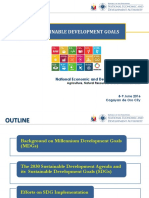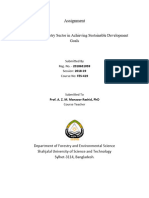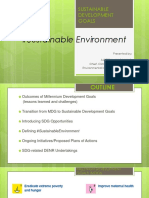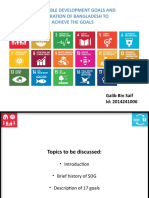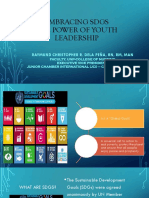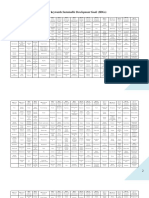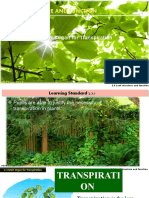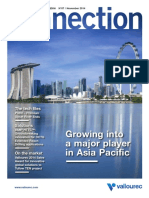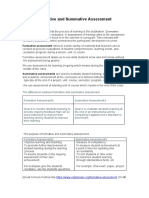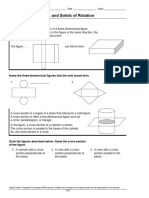0% found this document useful (0 votes)
6 views10 pagesStructures of Globalization
The document discusses the structures of globalization, focusing on the global economy, poverty, and the impact of climate change, particularly in the Philippines. It outlines the UN's Millennium Development Goals, the current poverty rate in the Philippines, and the projected effects of climate change on various sectors. Additionally, it covers sustainable development goals and the international trade system, including historical trade routes and economic theories governing trade.
Uploaded by
Kit Boday ChalloyCopyright
© © All Rights Reserved
We take content rights seriously. If you suspect this is your content, claim it here.
Available Formats
Download as DOCX, PDF, TXT or read online on Scribd
0% found this document useful (0 votes)
6 views10 pagesStructures of Globalization
The document discusses the structures of globalization, focusing on the global economy, poverty, and the impact of climate change, particularly in the Philippines. It outlines the UN's Millennium Development Goals, the current poverty rate in the Philippines, and the projected effects of climate change on various sectors. Additionally, it covers sustainable development goals and the international trade system, including historical trade routes and economic theories governing trade.
Uploaded by
Kit Boday ChalloyCopyright
© © All Rights Reserved
We take content rights seriously. If you suspect this is your content, claim it here.
Available Formats
Download as DOCX, PDF, TXT or read online on Scribd
/ 10




